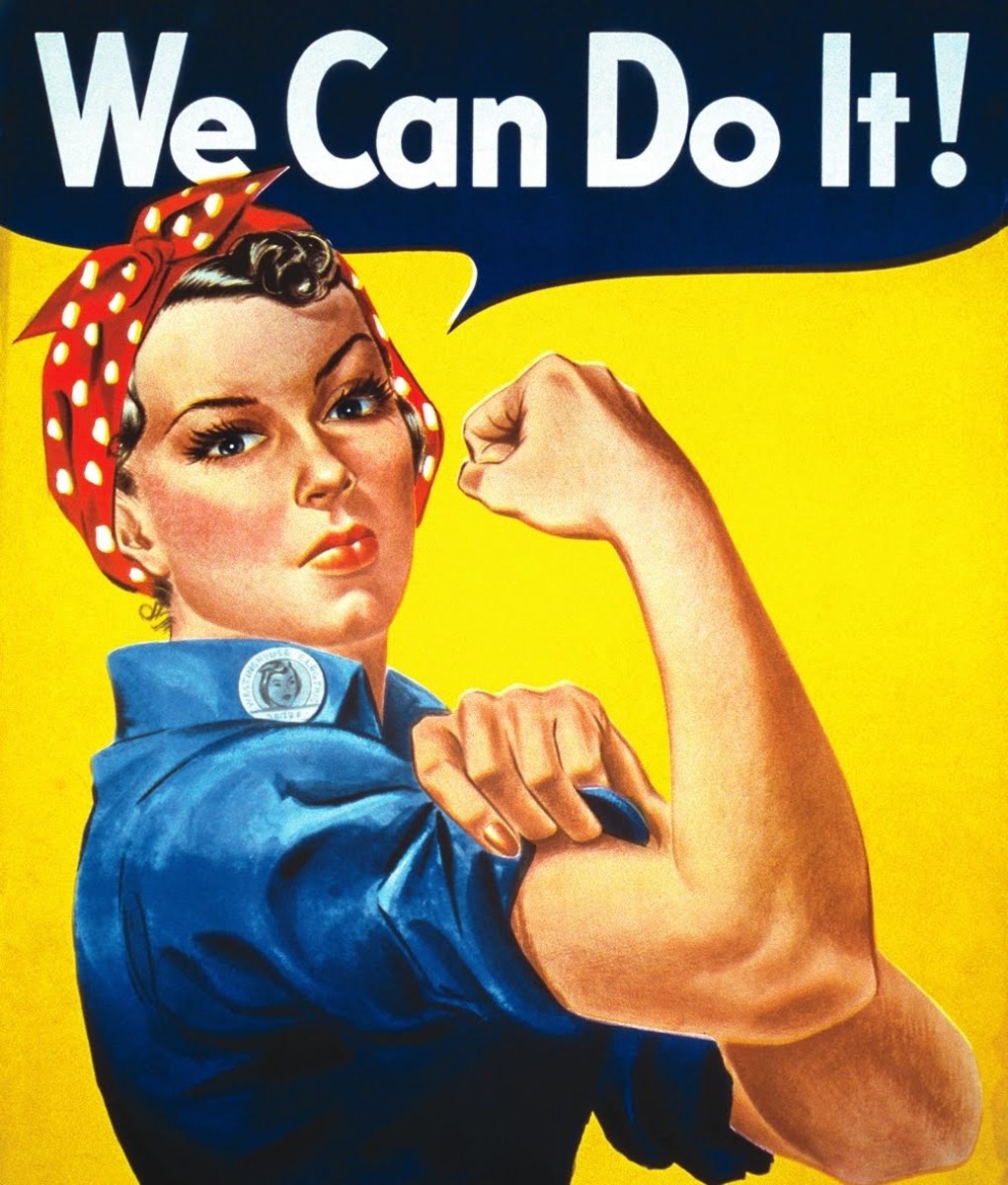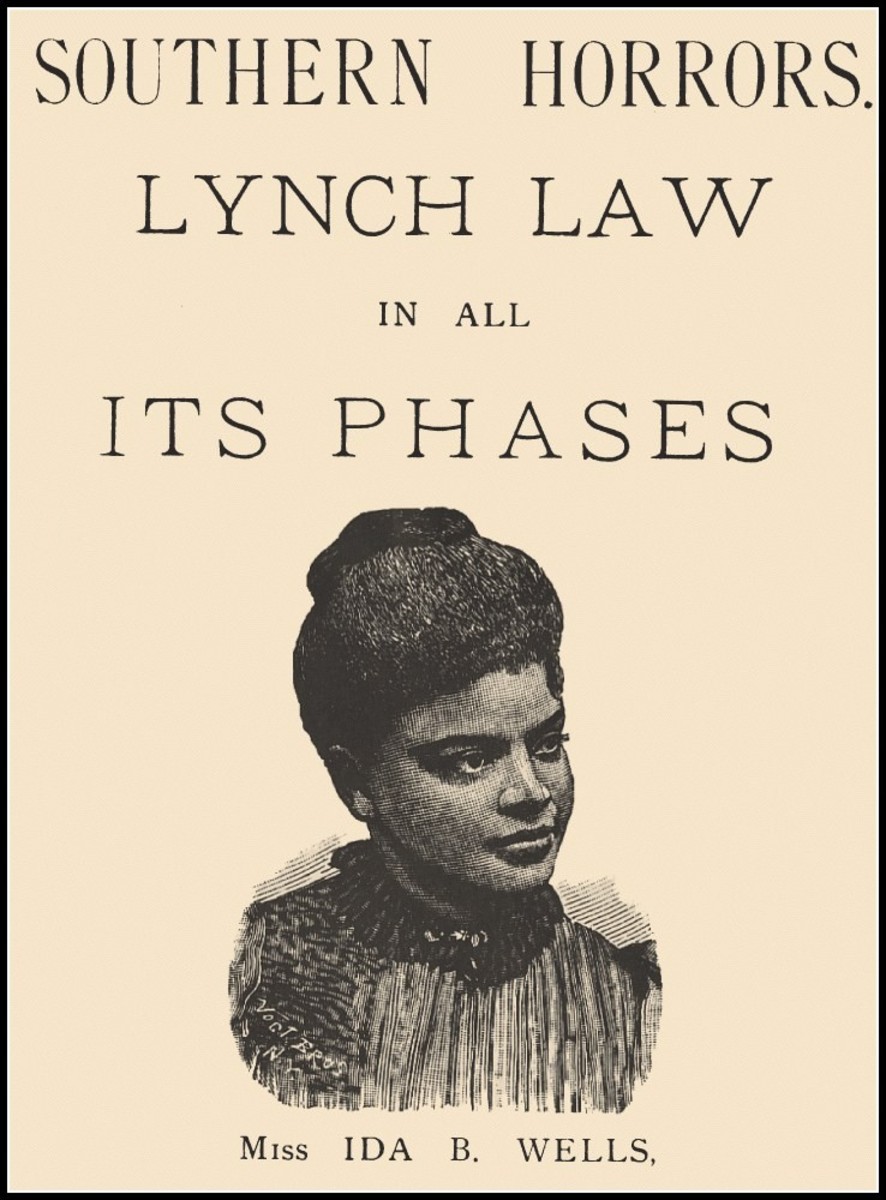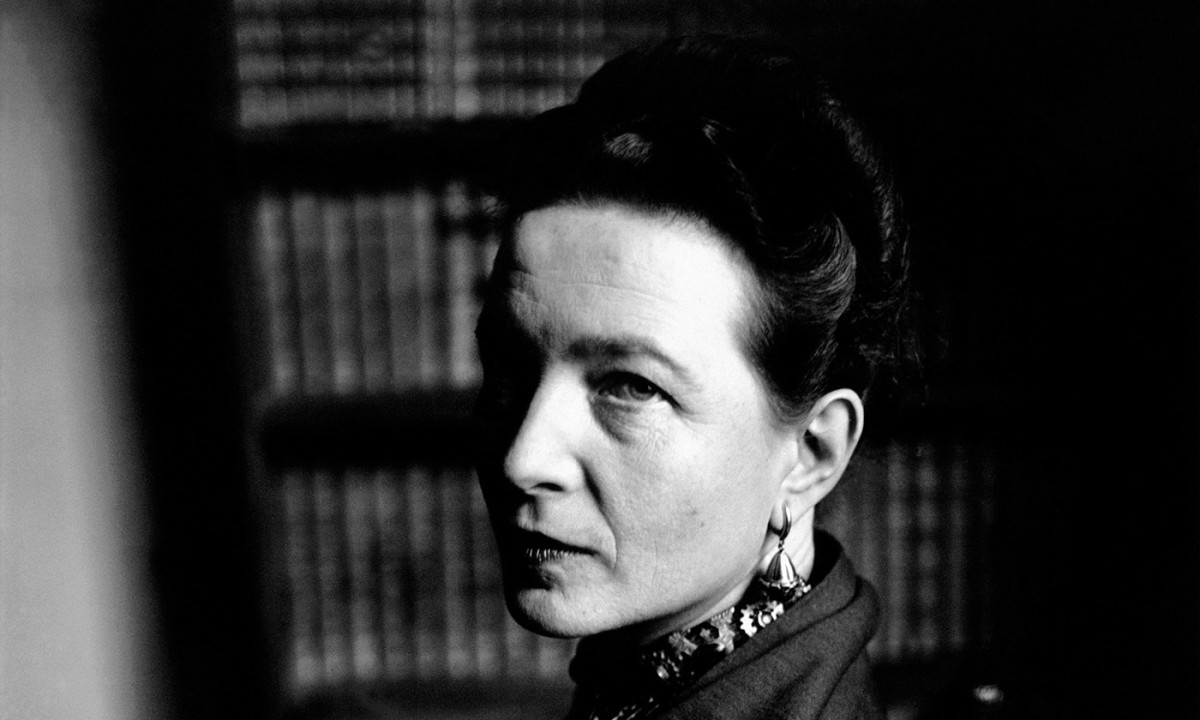Women in the Colonies of Canada- Issues Race and Gender

The call for White Women in British Columbia
Perry looks at British Columbia around 1858-1871, around this time there was a call for white women to settle there. British Columbia lacked much of a white population and they were overwhelmingly male. Given this, the seeming acceptance of mixed-raced unions was often credited to the lack of white women. Mixed-race relations before (during and after in many places and social circumstances) this time were very taboo and could be credited for more than a few shunned people and I’m sure murders. The close living relations of the working-class men living in the colonies to the indigenous peoples threatened the widely held gender and race systems of Europe. Europe would be where these white men originated from and the social views of gender and race would be the views they also held. Media of the day suggested that white women would be the solution to problems, that they would transform the colony into an ordered agricultural and industrial society; the European ideal. According to views, stereotypes, and expectations of gender at the time white women, being representatives of the social and civil, would also correct unruly male behaviour as men lack the ability to alter or control themselves. However, men with greater social standing were considered to be capable of controlling their own behaviour so working-class women were those desired to curb the social behaviour of working-class men in particular. White women were wanted in order to: prevent interracial sexual practice and mixed marriage, control homosocial culture in favour of a more accepted idea of masculinity and respectability, and also to encourage white men to become permanent settlers in the colonies as opposed to seasonal workers. The social expectations of gender roles were expected to achieve a lot.

Women's gender role
Although intimate interracial relations had been common and even encouraged when men moved to the colony of America the continent, objections were being listened to during the late 1850s and 1860s. Initially these race relations would be most likely considered a means to calm men and allow them outlets for their natural instincts and encourage their participation. These close interracial relations though resulted in a notable challenge racial hierarchy that were needed to sustain white superiority. Scientific theories of race were also challenged, some even resorted to claiming that mixed-race children to be made of the worst of each race to discourage these relations. The fact that mixed-race relations were often founded on abuse and exploitation of First Women was an issue ignored by most as the lesser vale of such peoples persisted at the despite fears that it would not in the future. It was hoped that the introduction of white women would overcome these problems and re-establish the racial divisions expected among Europeans at the time. It was considered that ‘women’s society’ would prevent men from excessive gambling and drinking which it was feared had become a prevailing issue in the white male dominating colonialists at the time. In this, First Nation women were even excluded from the category of woman, the notion of woman being connected to notions of race and civilisation. First Nation woman lacked the power of white women to temper white men, they were not civilised enough and not womanly enough by European standards at the time so they were not able to utilise their womanly-ness to beneficially influence the colonialist men. First Nation women were in fact often considered the very opposite; the means for white men’s degradation while white women would be the saviours. However, it was observable that ‘white women’s primary colonial utility lay not in their maternity but in their sexual and familial status’. It was the role of youthful women who could be wed by colonialists that were valued and expected to inspire change in the colonialists behaviours and the status of mixed-race relations.

Men's gender role
Men’s homosocial culture lead to men only households which opposed concepts of gender and domestic roles. Women were needed to establish the roles expected by Europe, domestic duties should not fall to men. This male independence from social expectations of gender roles threatened the role of women in society. If women were no longer the domestic gender then what would their role in society be? There also existed a fear of male homosexuality in the absence of white women. These men being independent of some of societies social expectations of domesticity with their white wives left open some more flexibility in what could potential happen in private. Men living together conjured the idea of men being domestic together and being a distinct from of social unit competing with the family unit of European expectations. Homosexuality at the time may have been considered not too far removed from sexual relations with other races in terms of taboo status; if one were accepted perhaps the other may be too. Ultimately, colonialists were perhaps exploring some freedoms from the social norms and expectations of Europe when living in the colonies. Through necessity they had to adapt to their new reality which did not fit in with the reality or expectations of their native Europe. To expect the same social cultures and expectations to prevail despite this would be greatly misguided. Colonialists were merely adapting to their new reality and environment which necessitated change in expectations and social conventions. Fears of unruly behaviour and homosexuality etc. were in part though perhaps ignorant of the reality and existence of these in Europe too. In this sense they were parhaps exagerated but the lack of the same social norms and status and the lack of a replicated social struture and heirachy and the presence of the First Nations peoples may perhaps have enabled and allowed for such behaviour in a new way.
The resulting reality
The response to the perceived issues and threats to social norms led to the call for white women to live in the colonies and they were persuaded to do so. However, when these white women did arrive they did not act as expected of them. They did not uphold the social rules they were desired for, the ‘chasm between representations of white women…and the social practice of white working-class women in colonial setting could be large indeed’. So, it seems the society of white women was not to be the saving grace for the colonies after all. Much like the men, these women experienced a freedom from the social norms of their native land. There was a difference social system in place which was adapted to suit the reality and there was a distinct lack of the same social hierarchy and thus social control of Europe. Without the ruling classes being so prevalent and imposing their expectations there was less call for the women to temper and behave as expected of them. It is also worth noting that working class men and women at the time were dealing with a different reality to the higher classes in Europe and so those who expected white working class women to behave in the civilised ways of the middle and upper classes of Europe were mistaken in their perceptions. Those who would have been encouraging working class women to move to the colonies would have been middle or upper class and so would have the expectations of women that would be more suited and applicable to the middle and upper class women they knew. In my opinions it is an example of misguided wealth desperately seeking control they feel is slipping from them and yet wholly lacking an understanding of the reality around them in their response.
Perry, A. 1997. ‘Fair Ones of a Purer Caste’: White Women and Colonialism in Nineteenth Century British Columbia. Feminist Studies. 23: 501-524.








